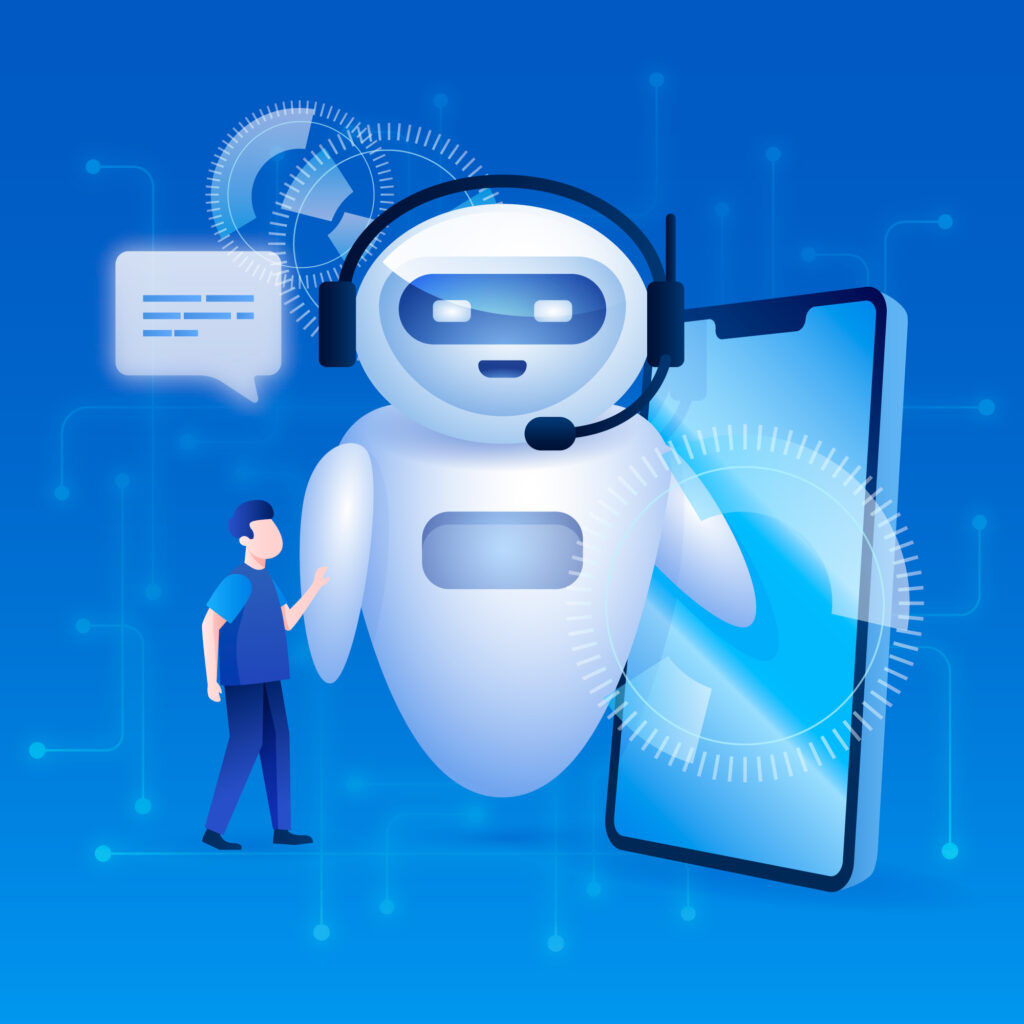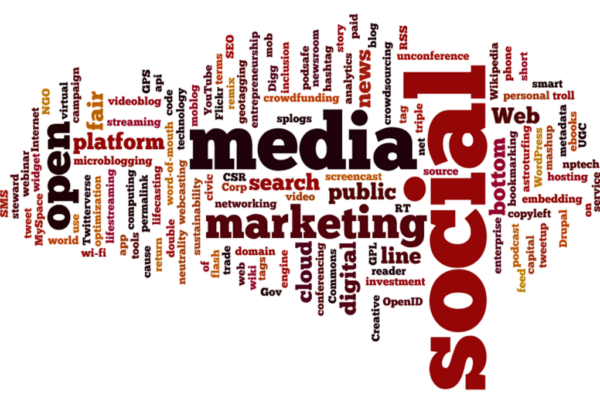Table of Contents
In today’s rapidly changing sales environment, businesses are continuously searching for innovative ways to connect with potential customers. For years, cold calling has been a staple in the world of sales. But with advancements in technology, AI calling has emerged as a game-changer, offering automation, improved targeting, and enhanced efficiency. So, how do AI calling vs cold calling stack up against each other?
In this article, we will explore the key differences between AI calling vs cold calling, compare their benefits and drawbacks, and help you decide which method is right for your business.

1. What is Cold Calling?
Cold calling is the practice of reaching out to individuals or businesses who have had no prior interaction with your company. Sales representatives dial numbers from a pre-selected list, aiming to introduce their products or services and potentially convert the person into a customer.
Benefits of Cold Calling
- Direct Human Interaction: Cold calling allows for real-time communication between the salesperson and the prospect, which can help build rapport.
- Instant Feedback: Sales reps can gauge a prospect’s interest and adjust their pitch accordingly.
- Personalization Opportunities: Salespeople can tailor their message to the prospect, providing a more personal touch.
Drawbacks of Cold Calling
- Low Success Rate: Most cold calls result in rejection, making it a less efficient process.
- Time-Consuming: Manual dialing, leaving voicemails, and following up all take time, reducing the overall productivity of the sales team.
- Increased Resistance: Many people view cold calls as intrusive, leading to increased call blocking and rejection rates.
2. What is AI Calling?
AI calling utilizes artificial intelligence to automate and enhance the outbound calling process. By using AI-powered tools, sales teams can automate dialing, leave personalized voicemails, and even engage in initial conversations with prospects using AI-based voice assistants.
With AI calling, sales teams can focus their attention on high-quality leads, as the AI system handles the repetitive tasks of dialing and sorting through uninterested prospects.
Benefits of AI Calling
- Automation of Repetitive Tasks: AI systems handle mundane tasks such as dialing numbers, leaving voicemails, and scheduling callbacks.
- Better Targeting: AI analyzes data to target leads who are more likely to engage, improving the chances of a successful conversation.
- Scalability: AI systems allow for outreach at scale, enabling businesses to reach more leads without additional manpower.
- Advanced Analytics: AI tools provide valuable insights into call performance, helping sales teams optimize their strategy.
Drawbacks of AI Calling
- Lack of Human Touch: While AI can simulate conversations, it lacks the emotional intelligence and personal touch of a human salesperson.
- Initial Costs: Implementing AI calling requires a significant upfront investment in software and training.
- Reliance on Data: The success of AI calling depends heavily on the quality of the data being used.
3. AI Calling vs Cold Calling: A Comparative Analysis
Efficiency
When it comes to efficiency, AI calling is the clear winner. Automating tasks like dialing and leaving messages allows AI calling to handle more leads in less time, compared to the manual efforts required for cold calling.
Winner: AI Calling
Human Touch
In terms of personalized communication, cold calling outshines AI calling. Human sales reps can read the tone and mood of the prospect and adjust their pitch accordingly, creating a more tailored experience.
Winner: Cold Calling
Conversion Rates
AI calling has an edge in lead conversion because it uses data-driven insights to prioritize high-potential leads. Cold calling, on the other hand, often involves a more random approach, leading to lower conversion rates.
Winner: AI Calling
Cost-Effectiveness
While AI calling requires an initial investment in technology, it becomes more cost-effective over time due to its ability to handle larger call volumes without requiring additional manpower. Cold calling, in contrast, requires a larger team of sales reps to scale.
Winner: AI Calling
4. How AI Calling is Shaping the Future of Sales
As AI calling continues to evolve, it’s becoming a powerful tool for sales teams looking to optimize their lead generation and customer outreach. AI-based voice assistants and predictive dialing are just two examples of how AI is revolutionizing the sales process.
AI-Powered Predictive Dialing
Predictive dialing uses machine learning algorithms to determine the best times to contact prospects based on historical data, ensuring that sales teams reach out when prospects are most likely to respond.
AI Voice Assistants and Chatbots
AI voice assistants and chatbots are increasingly being used to handle initial interactions with prospects, gathering information, and qualifying leads before passing them on to human sales representatives. These AI-powered tools can simulate human conversations to a remarkable degree, saving valuable time.
Data-Driven Sales Strategies
AI tools provide sales teams with advanced analytics, offering insights into customer behavior and sales performance. This allows businesses to develop more targeted and effective outreach strategies.
5. The Future of Cold Calling: Will It Disappear?
While AI calling offers numerous advantages, cold calling is unlikely to vanish entirely. In high-stakes sales scenarios where relationship-building is crucial, human interaction remains essential. The future of cold calling may see a combination of AI and human sales reps working together, with AI assisting in identifying leads and providing insights, while humans focus on closing the deal.
Conclusion
In the debate of AI calling vs cold calling, both methods have their strengths. AI calling offers efficiency, scalability, and data-driven insights, making it ideal for large-scale outreach. On the other hand, cold calling provides a more personal touch, which can be crucial for relationship-building in certain industries.
For businesses, the best approach may be a hybrid one—leveraging AI for its efficiency and combining it with human sales efforts where a more personalized touch is needed.
By understanding the benefits and limitations of each method, businesses can choose the approach that best aligns with their goals and resources.
More Information
- AI in Sales: The Future of Outbound Calling
- Cold Calling Success Strategies
- AI-Powered Sales Tools
- The Decline of Cold Calling
- AI calling vs cold calling
- AI calling vs cold calling
- AI calling vs cold calling
- AI calling vs cold calling
- AI calling vs cold calling
- AI calling vs cold calling
Related Blogs





